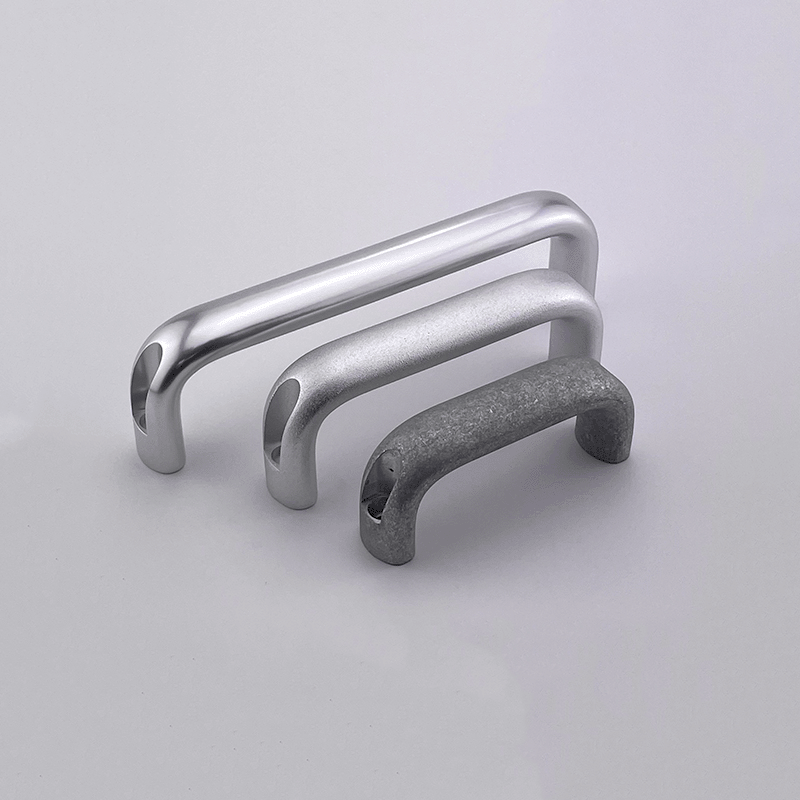Handles play an essential role in the functionality and safety of industrial machines. These seemingly simple components provide control, support, and ease of use for operators handling heavy-duty equipment in manufacturing, construction, and other industrial sectors. A well-designed industrial machine handle enhances the user’s ability to operate machines safely and efficiently, reducing fatigue and improving precision. In this article, we explore the importance of industrial machine handles, the key design factors, and how to select the right handle for specific applications.
Importance of Industrial Machine Handles
Enhancing Operator Control: Industrial machines often involve heavy loads, precise movements, and continuous operation, making operator control critical. The handle serves as the primary point of contact between the operator and the machine, allowing the user to control various functions such as moving, lifting, or positioning equipment. A well-designed handle provides stability and balance, enabling operators to exert the necessary force while maintaining control over the machine’s movements.
Improving Ergonomics: Industrial environments are known for their rigorous demands, where operators may use machines for extended periods. Ergonomically designed handles are vital for reducing strain and fatigue, especially in high-stress environments. By shaping the handle to fit the natural contour of the hand, ergonomic handles minimize the risk of repetitive strain injuries (RSIs) and ensure that operators can work comfortably without overexertion.
Ensuring Safety: Safety is a top priority in industrial environments, where heavy machinery poses significant risks. Industrial machine handles are often designed with safety in mind, offering features like non-slip grips, heat-resistant materials, and shock-absorbing properties. These features ensure that operators can maintain a firm and secure grip, even in challenging conditions like wet or oily environments, preventing accidents and injuries.
Types of Industrial Machine Handles
Fixed Handles: Fixed handles are permanently attached to the machine and do not move or adjust. They are often used in equipment where a stable and firm grip is necessary, such as on machinery with repetitive functions like lathes or milling machines. Fixed handles offer durability and stability but may lack flexibility for machines that require multi-directional movement.
Adjustable Handles: Adjustable handles can be rotated, angled, or repositioned to accommodate various machine functions. These handles provide greater flexibility for operators who need to adjust the machine’s settings frequently. Adjustable handles are commonly used in industrial machinery that require precision and movement in multiple directions.
Folding Handles: Folding handles are designed for compactness and convenience. These handles can be folded down when not in use, making them ideal for machines that require portability or space-saving features. Folding handles are particularly useful in environments where equipment is regularly stored or transported.
Pull Handles: Pull handles are designed for machines or equipment that require manual pulling or lifting, such as sliding doors, drawers, or equipment access panels. These handles provide a strong grip and are often reinforced to handle significant force.
Key Considerations for Designing Industrial Machine Handles
- Material Selection
- Ergonomics and Comfort
- Load Capacity and Strength
- Environmental Factors
- Safety Features
Selecting the Right Industrial Machine Handle
Choosing the right industrial machine handle requires careful consideration of the specific needs of the machine and its operators. Here’s a step-by-step guide to selecting the most suitable handle:
- Assess the Application Requirements
- Evaluate Environmental Conditions
- Consider Ergonomics
- Ensure Safety Features
In a word, industrial machine handles are essential components that contribute to the control, safety, and efficiency of industrial operations. With a wide variety of designs, materials, and safety features available, selecting the right handle requires careful consideration of the application, operating environment, and ergonomic needs of the operator. By investing in well-designed, high-quality handles, industrial companies can enhance productivity, reduce operator fatigue, and ensure a safer working environment for all.
